Did you know that one of the fastest and easiest ways to recharge the tired and spent soil in your raised beds this fall is with a no till cover crop? Not only is it simple, quick and inexpensive to do, it also requires hardly any work at all next spring before you plant!
One of the most difficult tasks for raised bed gardeners is finding a way to recharge the soil in their confined bed spaces. Vegetable crops, herbs and flowers all take nutrients from the soil as they grow. And in a raised bed setting, those nutrients quickly disappear.
Much as with hanging baskets and container plants, the soil in raised beds has little ability to absorb additional nutrients from the surrounding landscape.
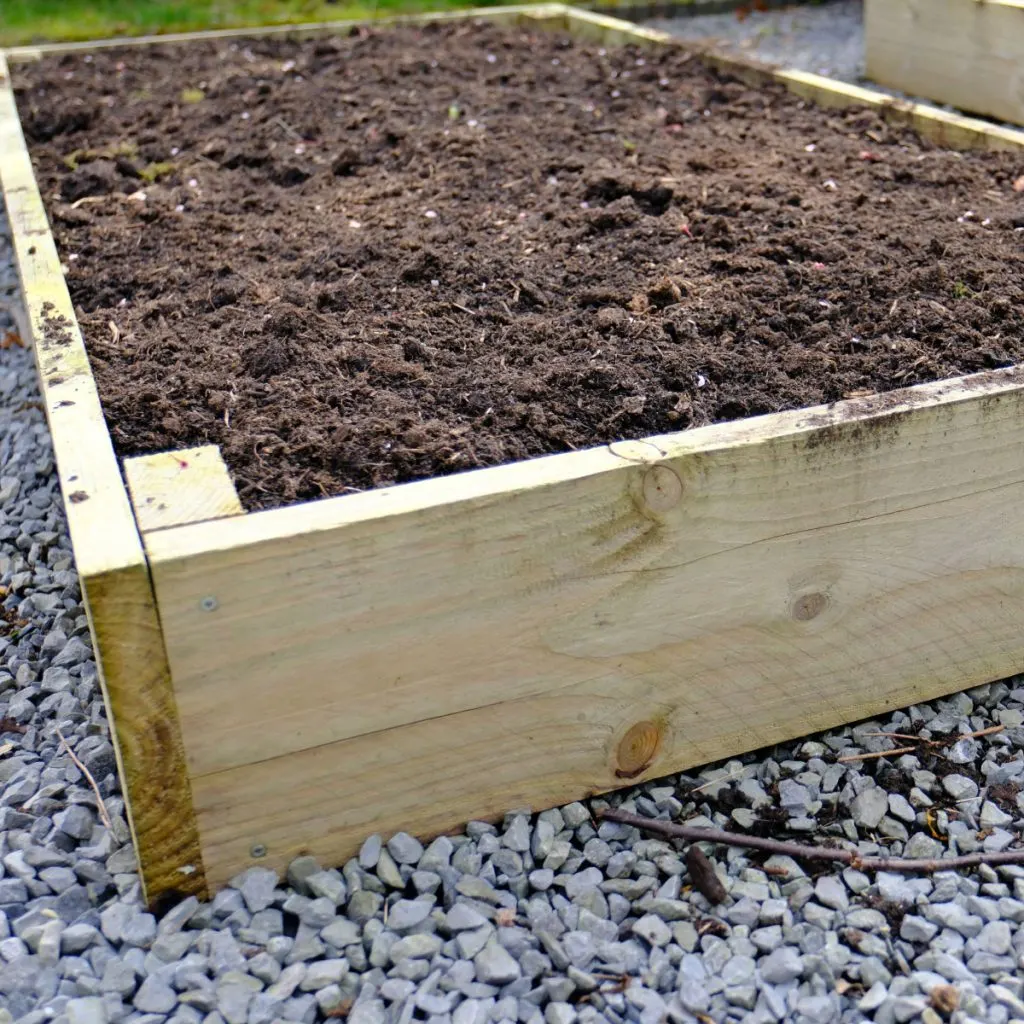
Even though you can use fertilizers to help offset a soil’s lack of nutrients, fertilizer will not help to restore or build healthy soil structure. And without good structure, the soil will not only have trouble holding the fertilizer in for plants, but the plants will struggle to take it in as well. And even worse, that same poor structure also makes it hard for the soil to retain water.
Unfortunately, unless you can replenish the nutrients and organic matter in your raised beds, the next set of plants to grow in the soil will suffer. And the issue only gets worse with each passing year.
How To Recharge Raised Beds With A No Till Cover Crop
So what is the best way to recharge and revitalize raised bed soil? For starters, adding a few inches of compost every spring or fall to your raised beds is a good place to start. Compost contains a long list of nutrients that help to replenish weak soil. Even better, it’s also teeming with beneficial organisms and bacteria.
But to really recharge and revitalize the existing soil in your raised beds, in addition to adding compost, planting a fall cover crop is the answer!
A cover crop’s roots help to break up the soil and keep it loose and workable. At the same time, as it grows, the crop protects your soil from erosion and additional nutrient loss over the winter months. Even more, as a fall cover crop grows thick, it protects the soil from weeds.
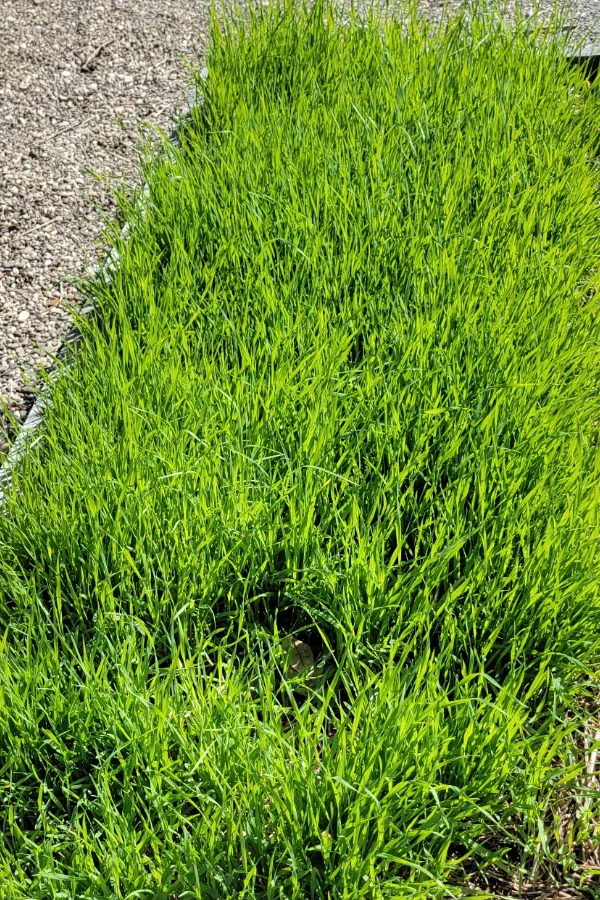
The dense growth of a cover crop helps to crowd out existing weeds and weed seeds. All while protecting the soil from any additional weed seeds from blowing in and taking up residence.
But best of all, cover crops give back their nutrients to the soil in the spring. As the roots and the foliage of the cover crop decay, they add all kinds of energy and power to the soil. And here’s the real kicker – if you plant your raised beds with a no-till cover crop – all you have to do is mow it off in the spring before planting!
The Best Cover Crops For Raised Beds – How To Recharge Raised Beds With A No Till Cover Crop
One thing is for sure, not all cover crops the same. Especially when it comes to powering and protecting the soil and not having to till or dig the crop in the following spring.
So what are the best choices for no till raised bed cover crops? There are actually two that stand out – oats and field peas. Not only are both easy to sow and grow, they are also an incredibly low cost way to help protect and re-energize your soil.

The Benefits Of Planting Oats & Field Peas – How To Recharge Raised Beds With A No Till Cover Crop
Oats have a long list of attributes when cover cropping raised beds. For starters, the cereal grain is one of the least expensive of all seeds when it comes to cover crops. But even better, it grows incredibly fast!
Not only are oats fast to germinate, once they sprout, they grow quickly to thicken up and cover bare soil. Oats can germinate in as little as five to seven days. And they can do so even in the cooler and wet conditions that often accompany the fall season.
So what do cereal oats do for your raised bed soil? As oats grow and establish, their roots dig in underneath to help aerate, break up and loosen the soil. Up top, the foliage of the grain grows thick and tight, crowding out weeds and weed seeds.
Oats also add a tremendous amount of organic matter and nutrients to the soil as they break down. As important as the nutrients are for recharging your soil, it is the organic matter oats bring that really helps to keep soil healthy, alive and strong.
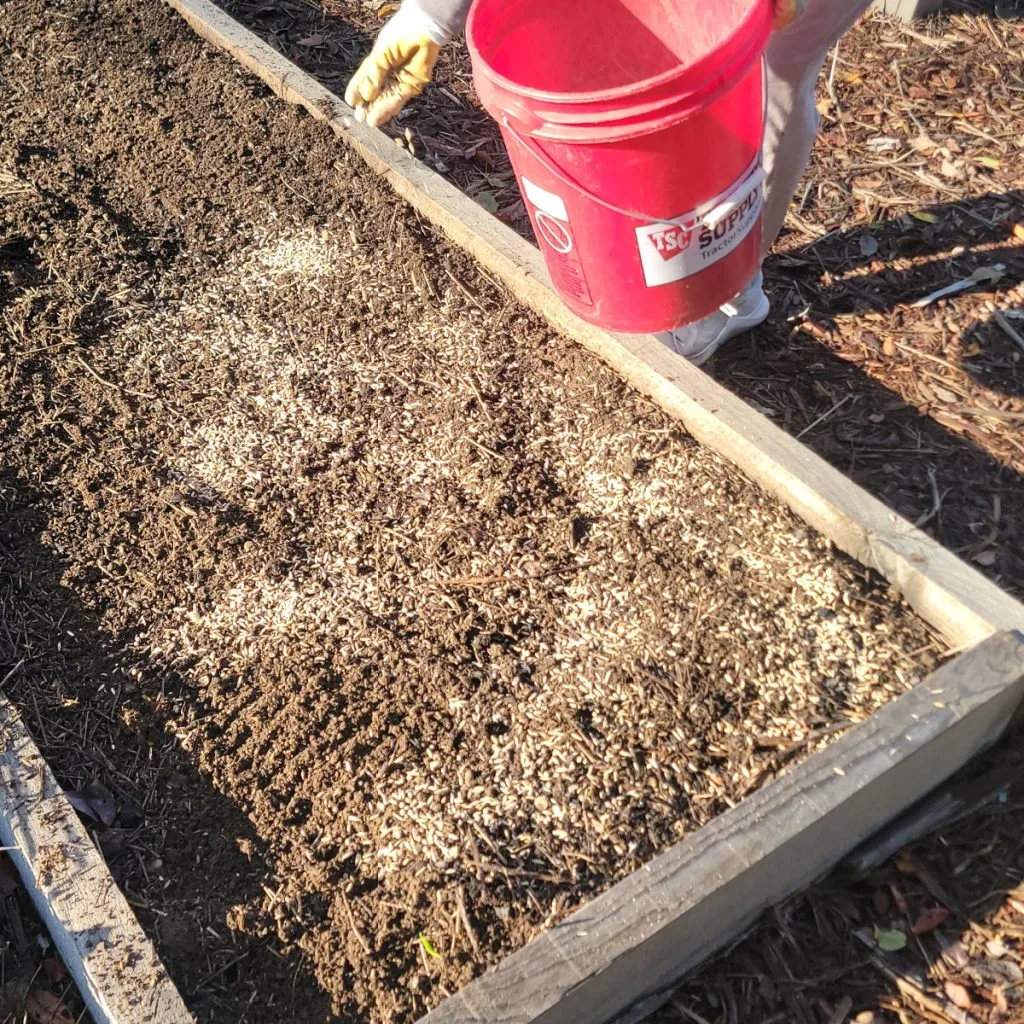
The Benefits Of Planting Field Peas – How To Recharge Raised Beds With A No Till Cover Crop
Field peas are also fast to germinate and can germinate in cooler weather as well. And they also help to break up hard soil with their roots. But the real plus for peas is that they help to fix nitrogen levels in soil, which happens to be a key nutrient for strong, healthy growth in vegetable and flower plants.
Field peas can also adapt to nearly any soil condition. They grow equally well in loamy, rich soils, harder, dense clay types – and everything in between. And best of all, just like oats, they require little to no maintenance once you plant. Also see: How To Plant Field Peas As A Garden Cover Crop!
So what is the best choice of the two? Although either one is great for planting all by itself in your raised beds – planting both can really elevate the nutrient give back. That’s because together, they add tremendous amounts of organic matter and fix nitrogen levels – leaving your soil ready to grow next spring!
The good news is that they are easy to buy together. Most feed and seed stores carry both in bulk, and you can even find the two packaged together on line as well. Affiliate Product Link: Peas and Oats Cover Crop Seeds
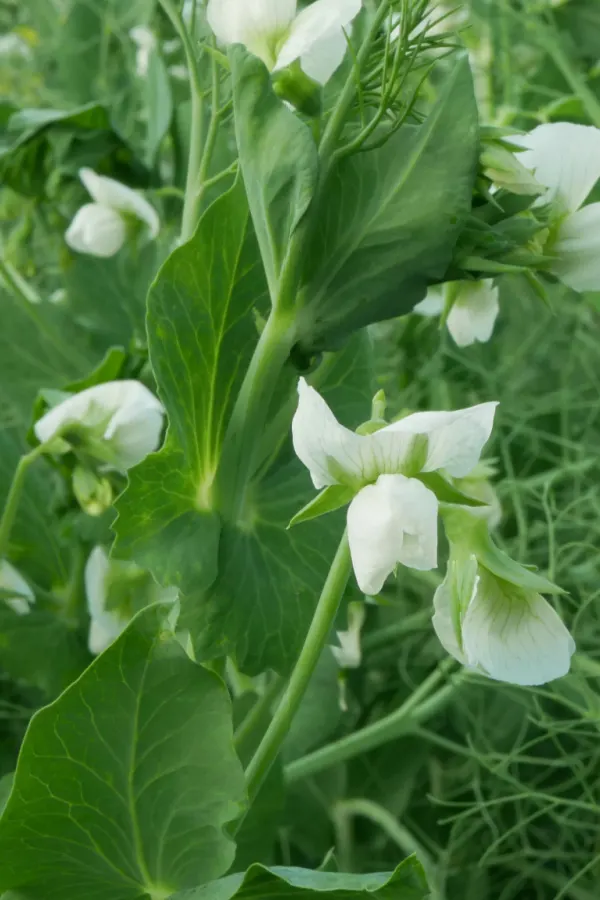
How To Plant Oats & Field Peas – How To Recharge Raised Beds With A No Till Cover Crop
Planting oats and field peas couldn’t be easier in raised beds. As soon as you clear your crops, simply rake the soil even and sow the seed. Both seeds are large enough that you can sow by hand for average size raised beds.
Once in place, tamp the seeds lightly with a rake to set the seed into the soil. The seed does not need to be fully covered to germinate.
As for how much seed to sow, a good rule of thumb is that a typical 4′ x 8′ raised bed area can be planted with about one half to one pound of seed. For sowing, scatter the seeds much like you would grass seed.
To finish, water the seed in and cover with a light coating of straw. The straw will help hold moisture in for faster germination. It also helps keep the seed safe from birds and animals trying to get a quick meal.
Early Spring Care – How To Recharge Raised Beds With A No Till Cover Crop
Perhaps the easiest thing of all with a no-till cover crop is how simple it is to maintain. Cereal oats will die off with the first hard freeze of the season. As winter progresses, the thick mass of foliage dies off but stays intact enough to provide great protection for your raised bed soil.
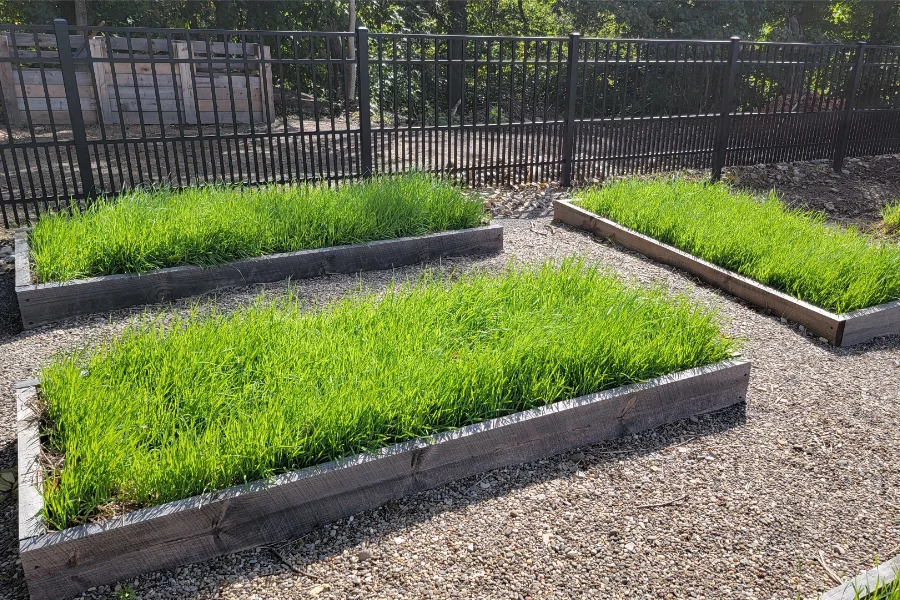
The peas will go dormant but will often green up again in early spring. All you need to do is to cut the crop down and it will die off. As both decay, they will continue to feed the soil.
Depending on the size of your beds you can use a string trimmer or hedge shears to cut back. This is a huge benefit for raised garden growers. Unlike other cover crop choices, there is no need to dig under the crop to kill it off.
Here is to growing oats, field peas – or both as a cover crop for your raised beds this year. And even more – to growing better than ever next year with healthier and more vibrant soil! For more fall gardening tips, see our article: 5 Gorgeous Fall Bulbs To Plant Now For Huge Spring Color!
This Is My Garden
Follow Our Facebook Page For Great Gardening Tips And Advice! This Is My Garden Facebook Page
This Is My Garden is a garden website created by gardeners, for gardeners. Jim and Mary Competti have been writing gardening, DIY and recipe articles and books and speaking for over 15 years from their 46 acre Ohio farm. They publish three articles every week, 52 weeks a year. Sign up today to follow via email, or follow along!
